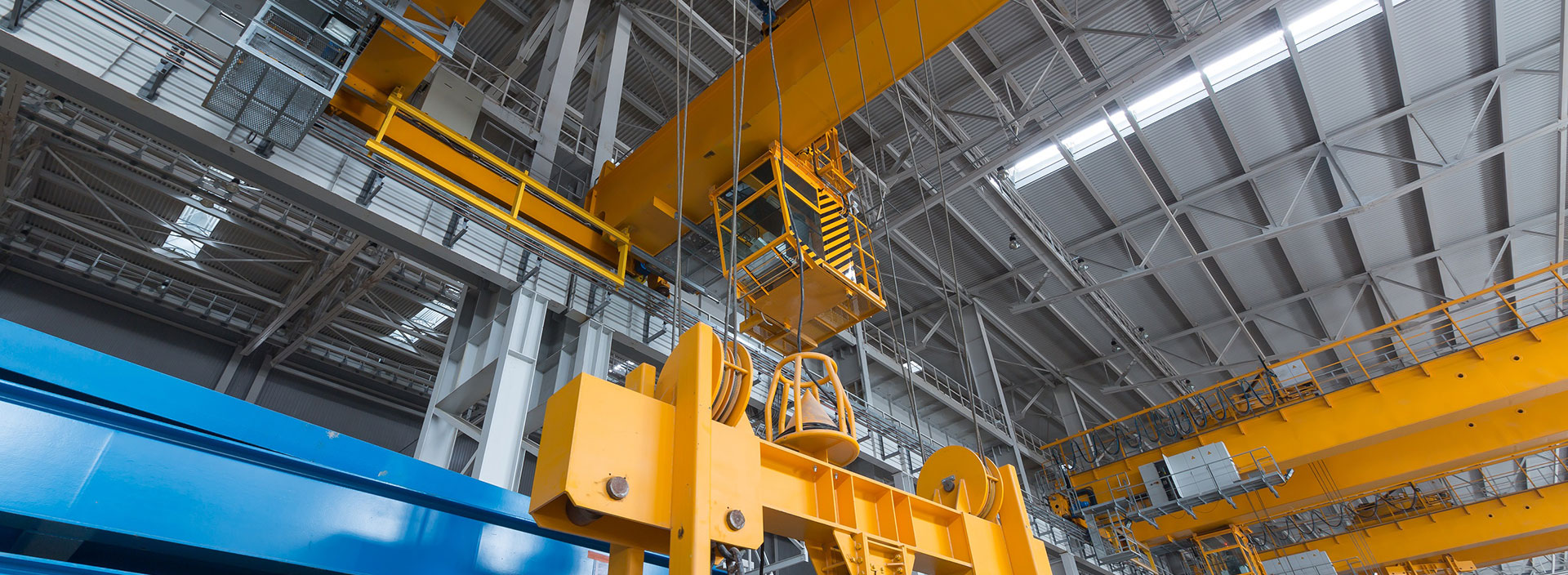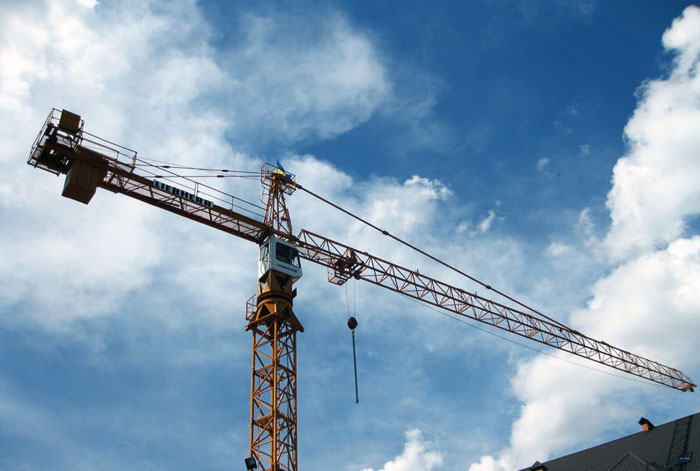




Cranes are the most commonly used tools among lifting and conveying equipment. Although some types are used in industry, construction is the most used area. Crane types used in construction are generally mobile.

It is generally used to lift, lower and move loads horizontally. Cranes are also used in the loading and unloading of cargoes in the transportation sector, or in the production and assembly of heavy materials in the manufacturing industry.
In general, cranes can move on their own. No special equipment is required to carry the crane unless weight or legal restrictions apply. However, special trailers have been produced for the transportation of very large capacity cranes.
There are three important points in the design of cranes. First, the crane should be able to handle the weight of the load it carries. Second, the crane must not tip over. Third, the crane should not be broken. As with all machines, the operation of the cranes is based on the principle of conservation of energy. That is, the energy transmitted to the load should not exceed the energy given to the crane.
With the introduction of high-strength steels in 1950, an incredible variety of cranes were designed. Today, there are two basic crane designs, each mobile and tower, which are used in hundreds of different configurations.
Like all machinery and equipment used in all lifting and conveying works, cranes should be inspected and inspected at least once a year.
The standards that are taken as basis in the control and inspection works carried out by the competent authorities are as follows:
TS 10116 Cranes - Test and inspection methods
TS ISO 12480-1 Cranes - Safe use - Section 1: General
TS ISO 4301-2 Cranes - Classification - Part 2: Overhead traveling cranes
TS EN 13000 Cranes - Mobile cranes
TS ISO 4309 Cranes - Wire ropes - Application rules for inspection and decommissioning
The application is received, the contract is followed and the organization, which product, vehicle and work equipment, what type of survey or inspection is determined.
An expert team is guided by the relevant examinations and the evaluations requested by the organization are performed NDT or visually.
The data obtained as a result of the inspection is evaluated by the expert auditors and the accredited inspection report is submitted to the company.
To get an appointment, to get more detailed information or to request an evaluation, you can ask us to fill in our form and reach you.